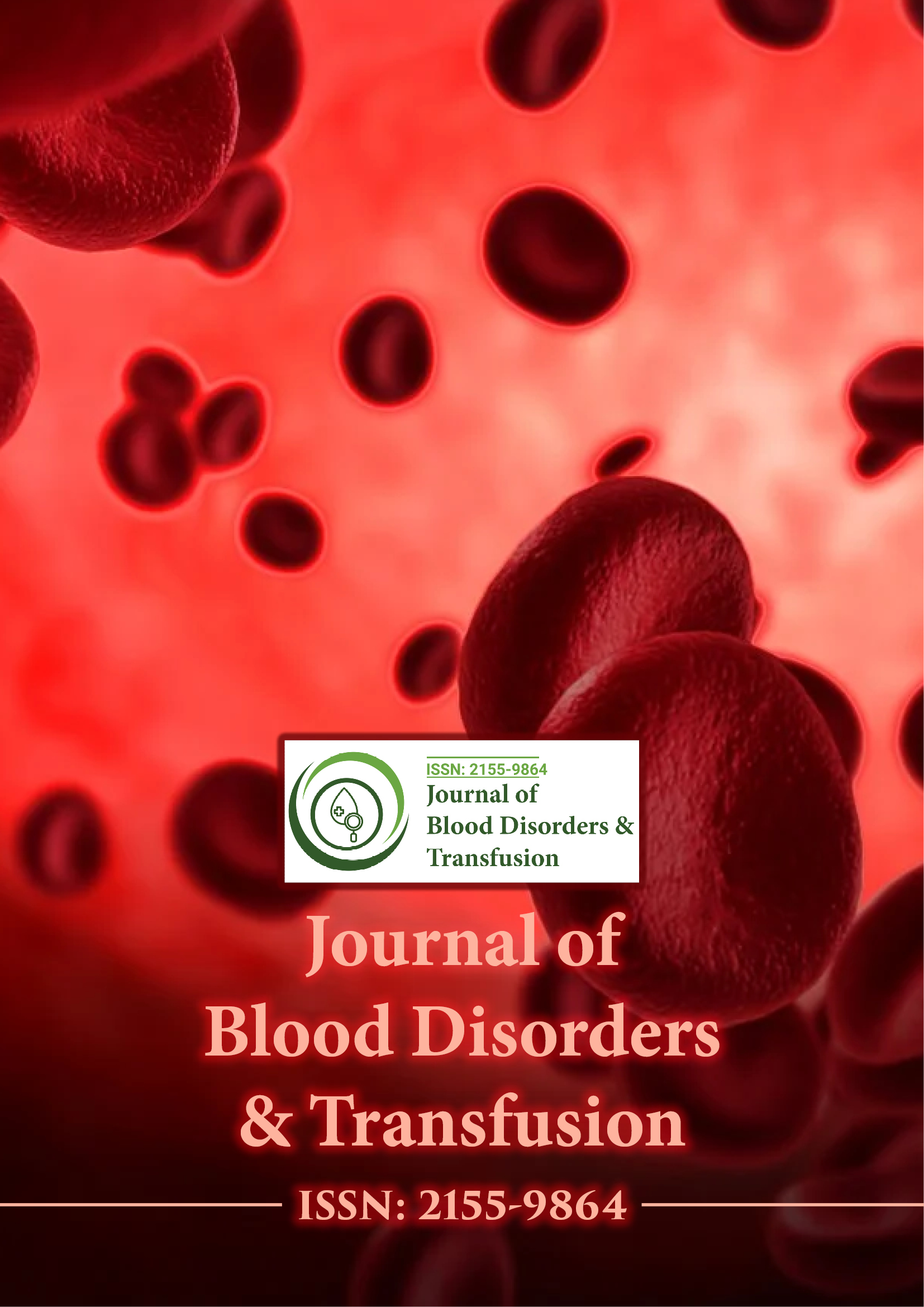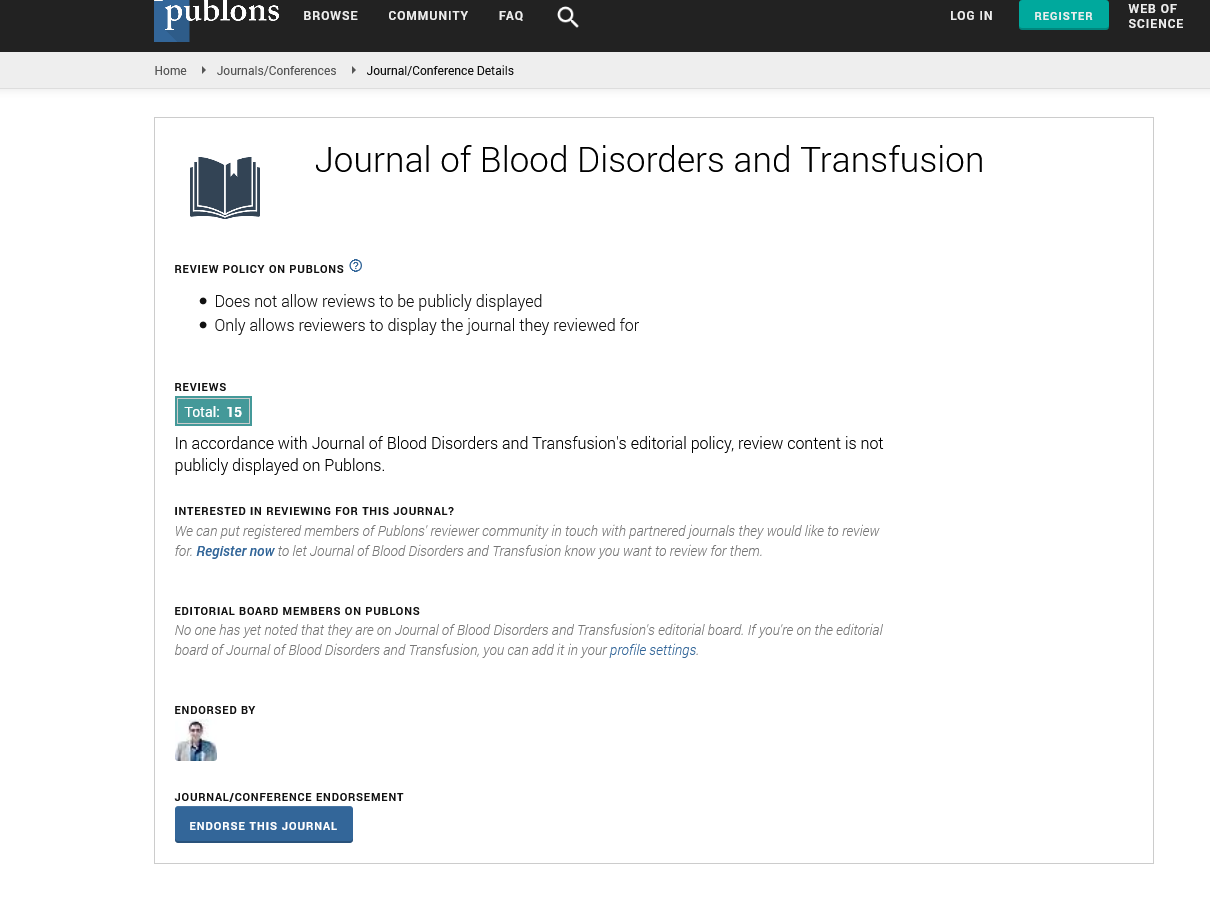Indexed In
- Open J Gate
- Genamics JournalSeek
- JournalTOCs
- Ulrich's Periodicals Directory
- RefSeek
- Hamdard University
- EBSCO A-Z
- OCLC- WorldCat
- Proquest Summons
- Publons
- Geneva Foundation for Medical Education and Research
- Euro Pub
- Google Scholar
Useful Links
Share This Page
Journal Flyer

Open Access Journals
- Agri and Aquaculture
- Biochemistry
- Bioinformatics & Systems Biology
- Business & Management
- Chemistry
- Clinical Sciences
- Engineering
- Food & Nutrition
- General Science
- Genetics & Molecular Biology
- Immunology & Microbiology
- Medical Sciences
- Neuroscience & Psychology
- Nursing & Health Care
- Pharmaceutical Sciences
Abstract
Massive Transfusion Protocols cause Significant Blood Unit Wastage: A Systematic Review and Meta-Analysis
Anika Raj, Jakob D. Butcher, Sue Quiring and Denise E. Jackson*
Massive Transfusion Protocols (MTP) are activated when a patient is actively bleeding to allow the blood bank to prioritise blood components ordered for this patient. However, as many units are issued out in quick succession for the MTP patient, wastage can occur. This could be due to over activation of the MTP, failing to promptly notify the blood bank to deactivate the MTP, or miscommunication between clinical and blood banking staff. The aim of this systematic review was to explore the relationship between different unit types that are wasted during an MTP, with a hypothesis that units requiring thawing-Fresh Frozen Plasma (FFP) and cryoprecipitate-would be more likely to be wasted. The highest wastage rates in an MTP were found to be in Platelets (10.0%), Cryoprecipitate (10.0%) and FFP (9.9%), whereas red cell waste was the lowest at (1.3%). Platelets, FFP and Cryoprecipitate were found to be wasted at a higher rate than red cells, with statistically significant results. The hypothesis that thawed units lead to higher rates of waste was partially supported. FFP that is converted to extended life plasma if it is not transfused immediately leads to lower wastage rates. Proper storage and prompt return of unused units to the blood bank allows the unit to be reissued to another patient.
Published Date: 2025-01-10; Received Date: 2024-12-11

